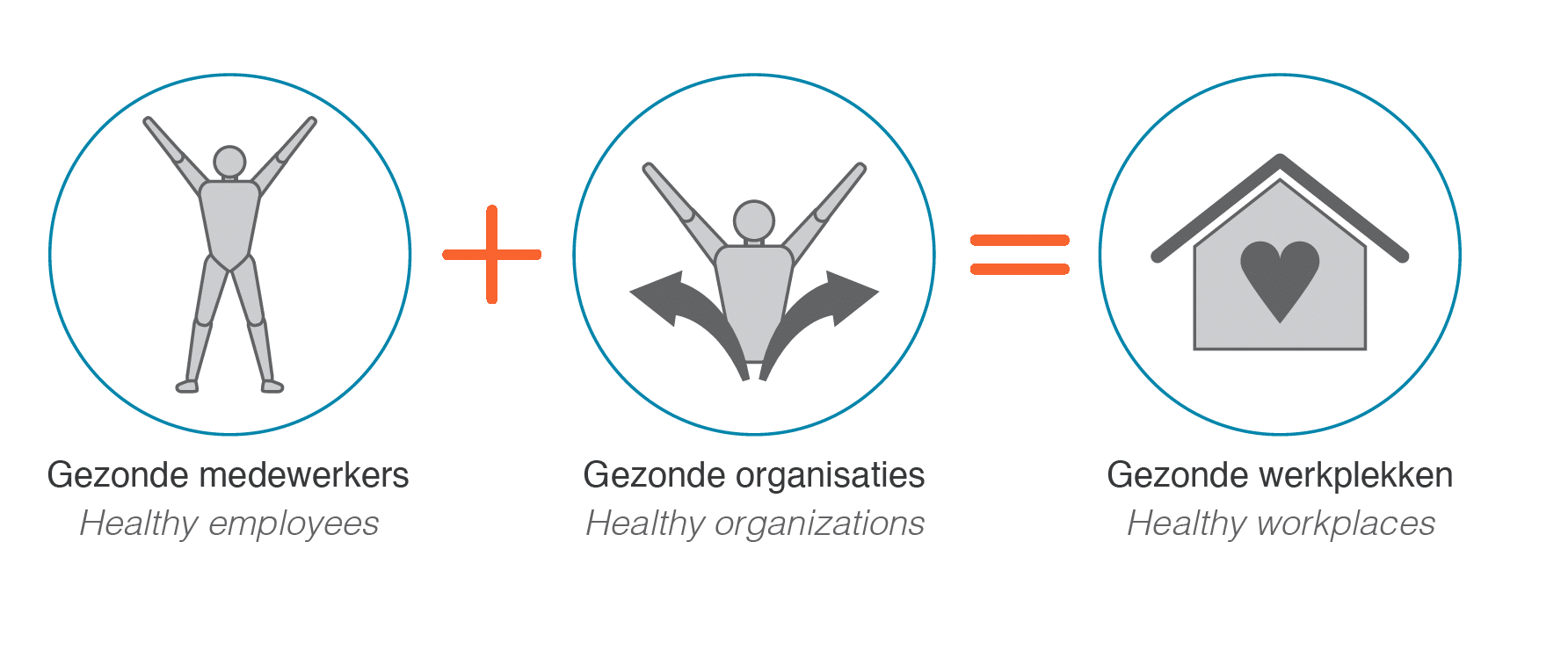Sustainable employability
Working on sustainable employability to increase motivation and organisation performance.
Work is becoming more complex, and its digitalisation requires new skills. Employees are requested to be flexible and to change with the organisation whenever instructed to do so.
How do you deal with work in which 150 instead of 15 breakdowns occur and how does a supervisory role differ from an executive one in terms of how the work is experienced? Sustainable employability is about physical and mental strain, about motivation, and ultimately, about the performance and continuity of your organisation.
What is sustainable employability?
Sustainable employability concerns autonomy, skills and the right balance within your company. The 7 characteristics of Tinka van Vuuren's self-leadership model clearly highlights the relevant factors involved:

Ability
Are your employees capable and do the working conditions allow them to perform the job properly, safely and healthily?
Awareness
Explain how the job should be carried out, make the importance thereof clear and stimulate self-awareness.
Willingness
Motivate with achievable goals and let employees work at tasks that suit them.
Daring
Stimulate employees to have the courage to dare and allow them to do things themselves.
Information
Provide information about and explain tasks, as well as the policies of the wider organisation.
Opportunity
Create opportunities and provide the necessary practical facilities to carry out the work while ensuring safety and health.
Authorisation
Secure the approval of others and allow employees to take responsibility.
Measurement and improvement
The ultimate goal must be a proper balance between your organisation, the specific tasks, and the employees performing them. Adapt the work to the employee and help the employee to develop in order to perform the work better.
Intergo facilitates both self-reflection and important dialogue. Self-reflection and leadership make it possible for us to help employers create the conditions that give rise to healthy, safe, and stimulating work for employees. Conversely, we foster dialogue on safety and appreciation. Adopting a participative approach to design yields control to employees and involves the work environment in achieving sustainable employability.
Priorities are established after a baseline measurement and assessment of employees, tasks, or the entire organisation. We choose a cycle of continuous or sustainable improvement, team work is encouraged and successes collectively celebrated.
Experience the benefits
Digitisation, flexibilization and an ageing population are posing major challenges. These changes require a new vision of the future, one in which employees are considered the human capital of your company.
By making tangible interventions, engaging in dialogue, and implementing measurable improvements, we help your organisation experience the benefits of putting your human capital at the centre of its future. For example, we work on:

Tasks and workplace
What roles do work processes, supporting technology, and workplace design play?
Job design and characteristics
How might task broadening, deepening, or rotation and revised work schedules play a role?
Employee development
We research and provide training, education, lifestyle coaching, and measure physical and mental strain.
Organisation and environment
How effective is management support and what improvements can be made to the safety culture?
Tasks and workplace
Job design and characteristics
Employee development
Organisation and environment
What roles do work processes, supporting technology, and workplace design play?
How might task broadening, deepening, or rotation and revised work schedules play a role?
We research and provide training, education, lifestyle coaching, and measure physical and mental strain.
How effective is management support and what improvements can be made to the safety culture?

